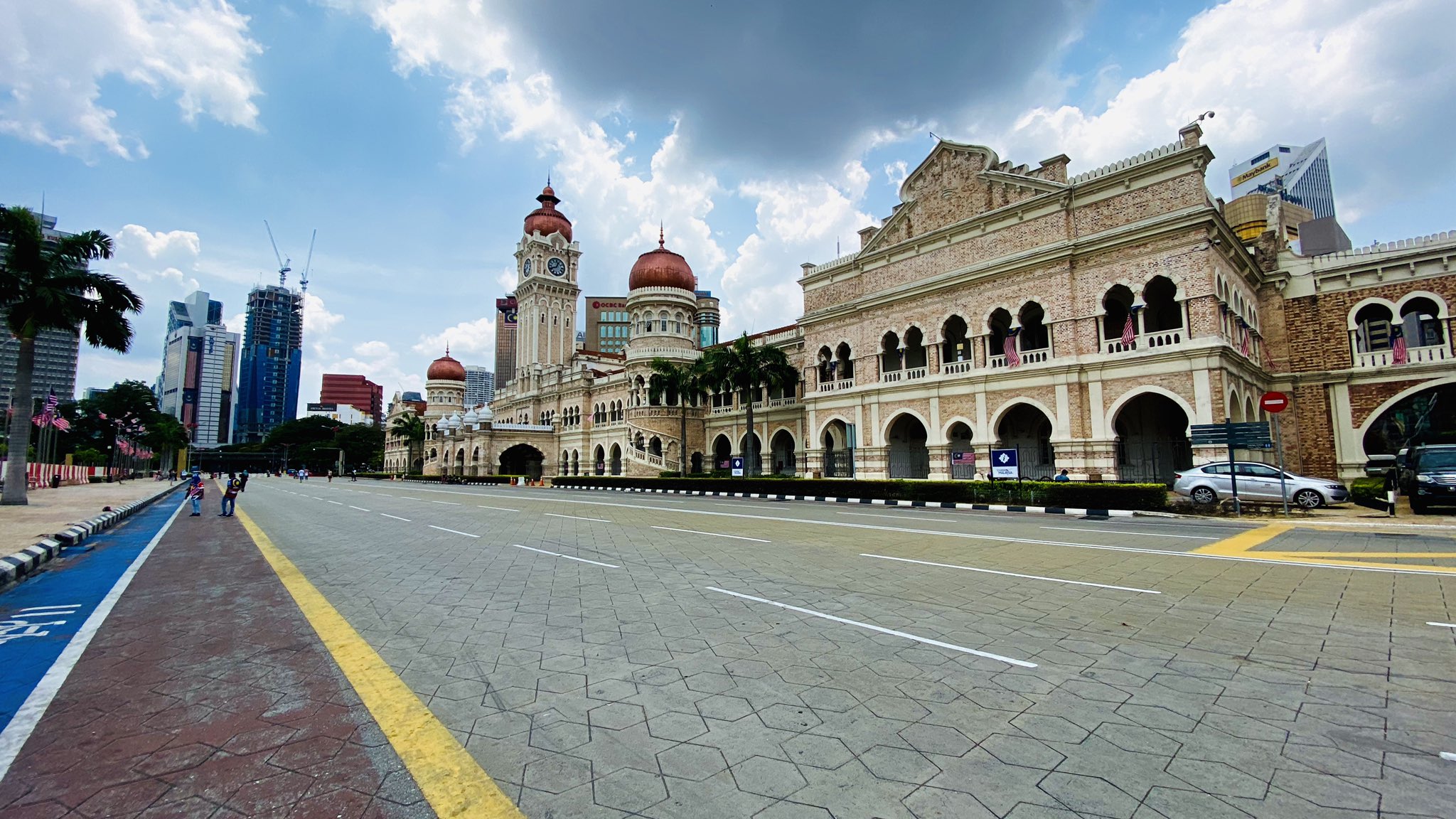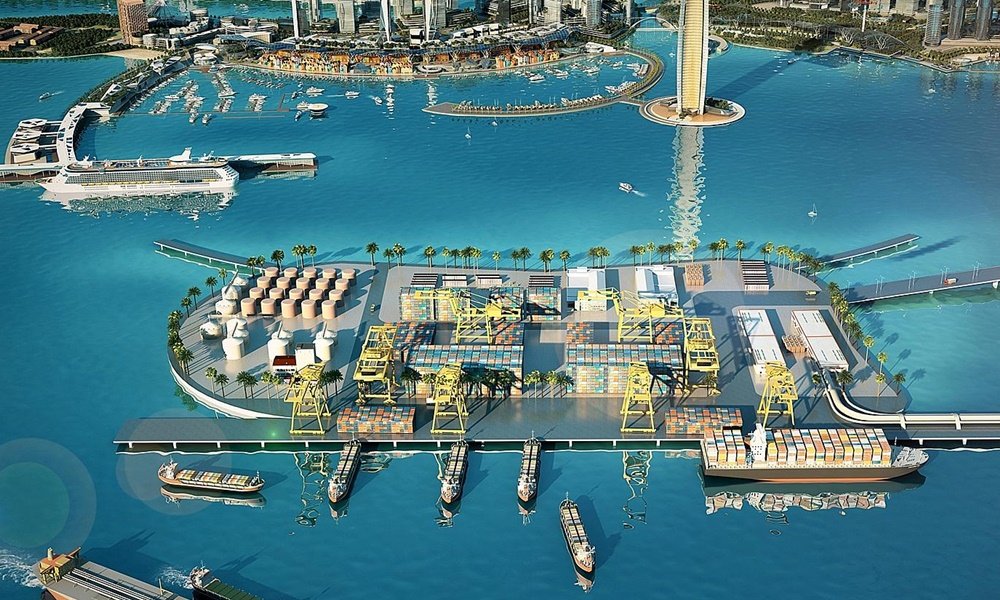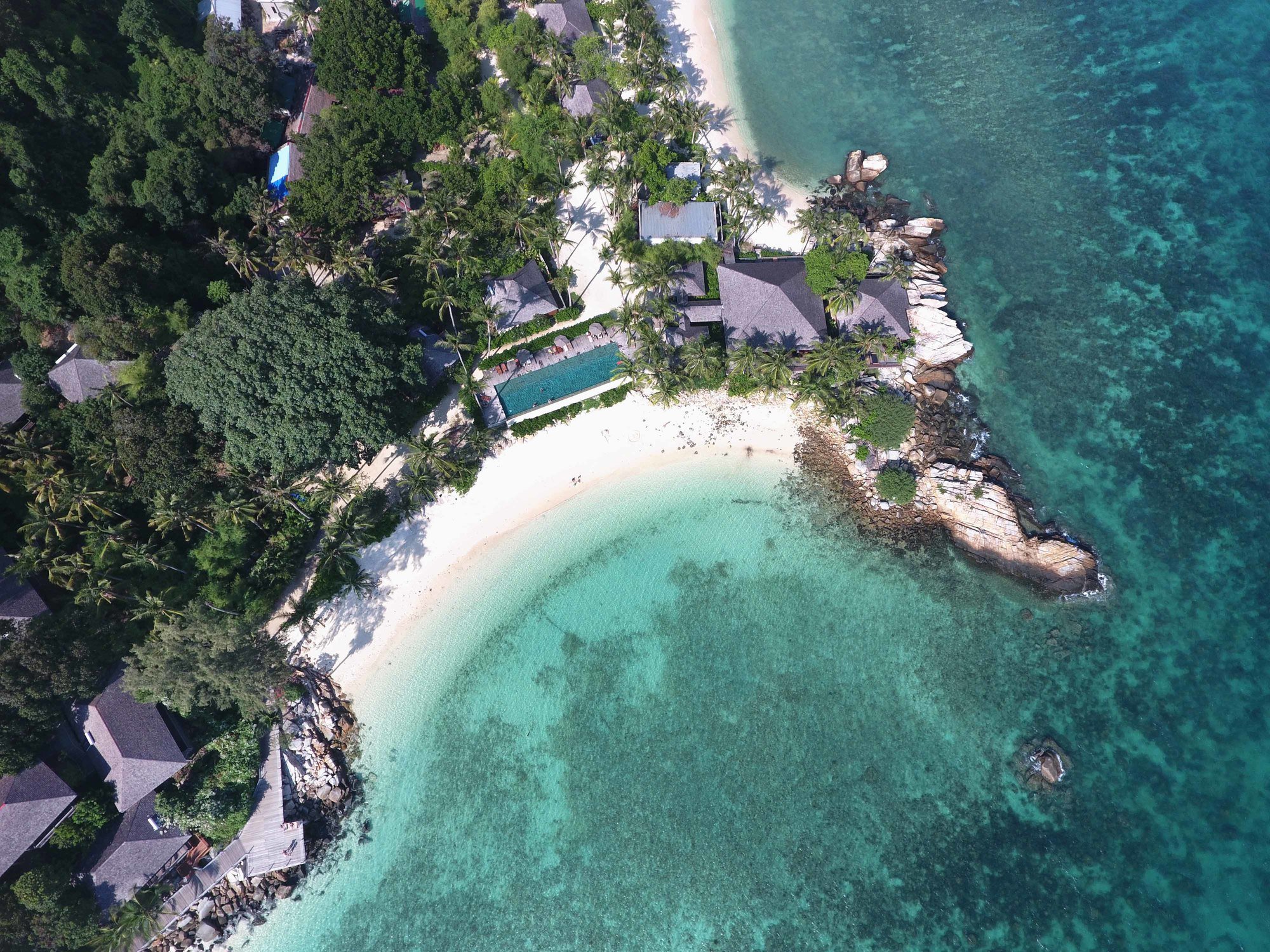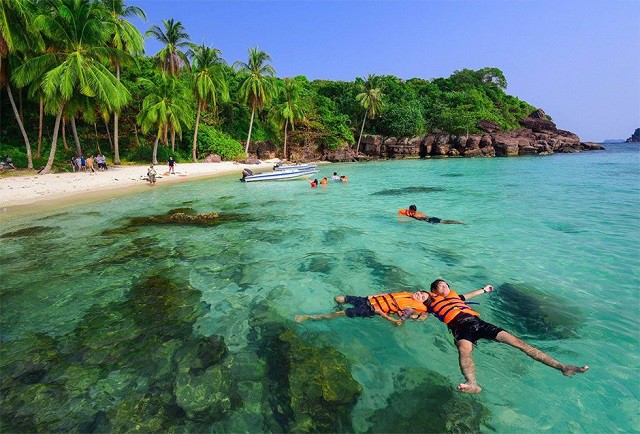
Malaysia has firmly established itself as Asia’s most visited country in the first quarter of 2025, attracting over 10.1 million foreign tourists and surpassing long-time regional leaders such as Thailand and Singapore. This impressive 22% year-on-year increase signals a significant shift in the region’s tourism dynamics, highlighting Malaysia’s growing prominence as a top global travel destination.

Visa Relaxation Fuels Tourism Surge
A key factor driving this surge is Malaysia’s progressive visa policies. The government extended visa-free entry for Chinese nationals for five years, with the possibility of further extension until 2036, and granted Indian tourists visa-free access through 2026.

These initiatives have dramatically lowered travel barriers for two of the world’s largest outbound travel markets, resulting in a substantial influx of visitors. Additionally, Malaysia has implemented streamlined e-visa and eNTRI (Electronic Travel Registration & Information) systems, enabling faster and more convenient entry for tourists from over 60 countries.
Singapore Leads as Top Source Market
Singapore remains Malaysia’s largest source of visitors, with nearly 5 million arrivals in Q1 2025, reflecting strong bilateral ties and seamless cross-border travel facilitated by improved transport links such as the Rapid Transit System (RTS) connecting Johor Bahru and Singapore.
.jpg)
China follows closely as the second-largest market, contributing 1.12 million visitors, while Indonesia ranks third with 1.08 million tourists. Other notable source countries include Thailand, Brunei, India, and Australia, indicating Malaysia’s broad regional and international appeal.
Regional Competition and Changing Travel Patterns
Malaysia’s rise comes amid evolving regional tourism trends. Thailand, historically Southeast Asia’s tourism leader, recorded 9.55 million visitors in Q1 2025, placing it second behind Malaysia. Vietnam and Singapore followed with 6 million and 4.3 million arrivals, respectively.

Malaysia’s reputation for safety, family-friendly environments, and cultural diversity has attracted travelers seeking alternatives to traditional hotspots. Meanwhile, Thailand has faced challenges including political unrest and security concerns that have impacted tourist confidence.
Strategic Infrastructure and Connectivity Investments
Malaysia’s tourism revival is supported by significant investments in infrastructure and connectivity. Since mid-2024, the Ministry of Tourism, Arts, and Culture has facilitated over 3,100 weekly international flights with a combined seating capacity exceeding 620,000, enhancing accessibility from key markets in Asia, Europe, and North America.

Major airports such as Kuala Lumpur International Airport (KLIA) and Penang International Airport have undergone upgrades to improve passenger experience. The government has also expanded tourism corridors and improved road and rail networks to popular destinations like Langkawi, Penang, and the Cameron Highlands.
Economic Impact and Industry Growth
The tourism sector’s resurgence is delivering substantial economic benefits. Malaysia welcomed 6.7 million international visitors in the first two months of 2025 alone, a 31.3% increase compared to the previous year and 14.5% above pre-pandemic levels. Total tourist receipts reached RM106.78 billion in 2024, representing a 43.7% increase over 2023 and surpassing pre-pandemic figures by 20%.
.jpg)
This growth has spurred job creation across hospitality, retail, transportation, and cultural sectors, contributing significantly to Malaysia’s GDP and supporting small and medium enterprises (SMEs) in rural and urban areas alike.
Diverse Attractions and Global Recognition
Malaysia’s diverse attractions continue to captivate travelers worldwide. Visitors are drawn to iconic landmarks such as the Petronas Twin Towers and Batu Caves, alongside natural wonders including the pristine beaches of Langkawi and Tioman Island, and the biodiverse rainforests of Sarawak and Sabah, home to unique wildlife like orangutans and proboscis monkeys.

The country’s vibrant cultural festivals, world-class cuisine, and warm hospitality further enhance its appeal. In 2024, Malaysia was named Asia’s “most loved country” by Insider Monkey, a testament to its growing international reputation.
Sustainability and Future Prospects
Malaysia is also committed to sustainable tourism development. Initiatives promoting eco-tourism, community-based tourism, and conservation efforts are gaining momentum, aligning with global trends and traveler preferences. The government’s 2024-2026 tourism roadmap emphasizes responsible tourism practices, digital innovation, and diversification of tourism products to include wellness, adventure, and cultural tourism.

Looking ahead, Malaysia is poised to surpass 26.2 million tourist arrivals by the end of 2025, fully recovering from the pandemic’s impact and setting new records. The upcoming Visit Malaysia Year 2026 campaign is expected to further boost international arrivals, supported by continued marketing efforts, enhanced infrastructure, and strategic partnerships with global travel stakeholders.
With its blend of strategic policy, enhanced connectivity, rich cultural heritage, and commitment to sustainable tourism, Malaysia is not only leading Asia’s tourism recovery but also redefining the region’s travel landscape as a premier destination for travelers worldwide.

.jpg)
.jpg)
.jpg)
.jpg)
.jpg)
.jpg)



.jpg)
.jpg)
.jpg)
.jpg)
.jpg)
.jpg)



.jpg)



.jpg)




.jpg)


.jpg)








.jpg)


.jpg)





.jpg)

.jpg)
.jpg)




.jpg)


.jpg)